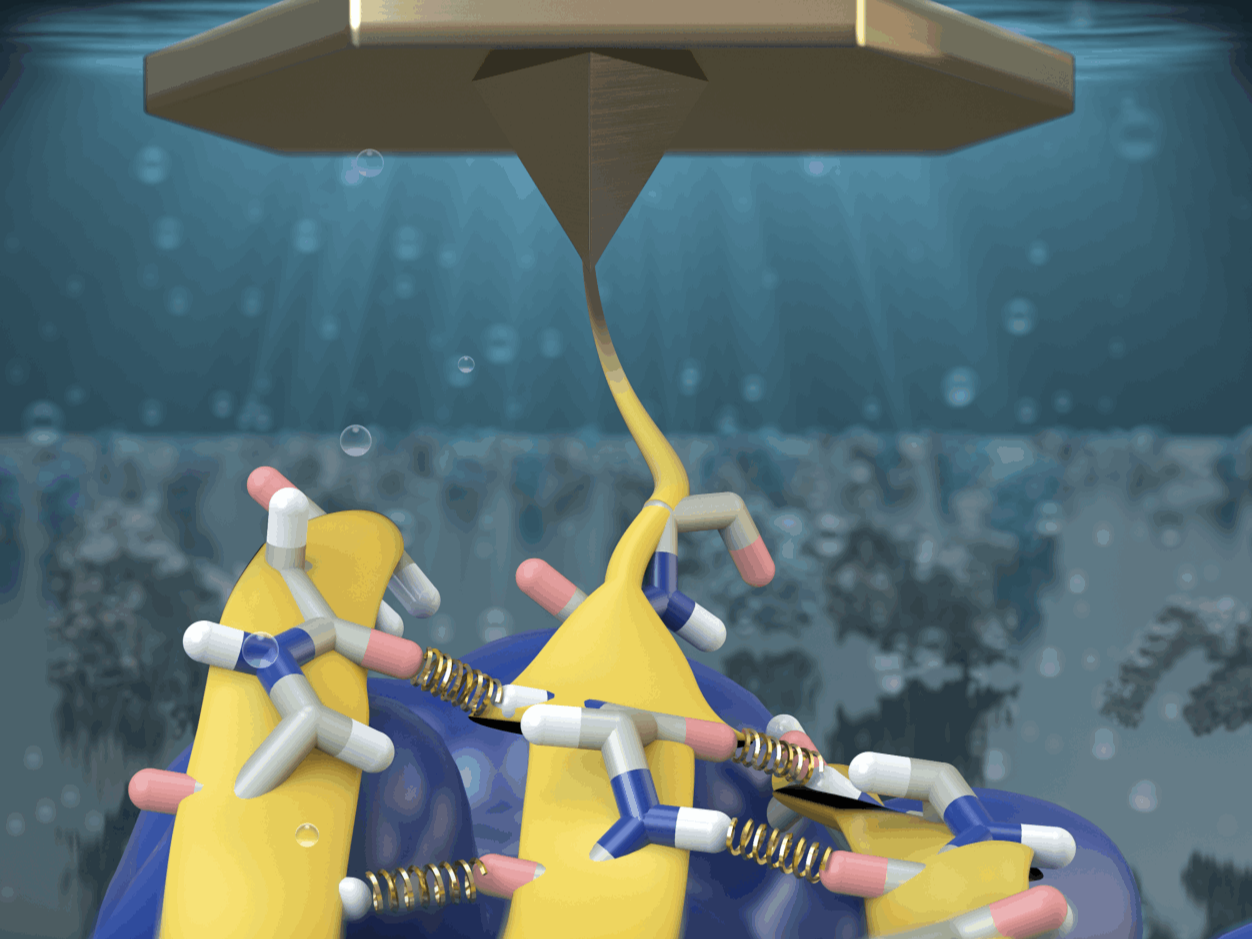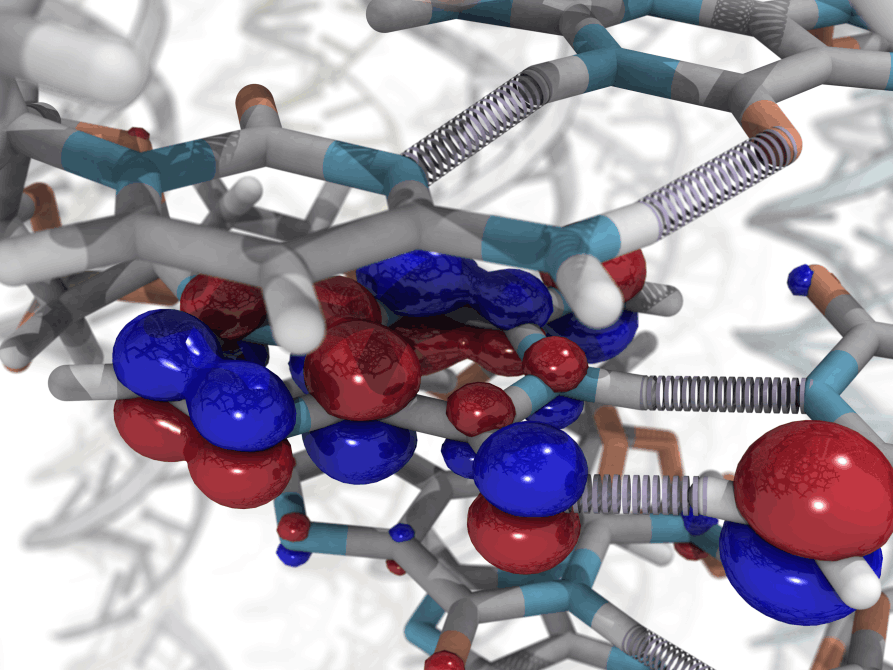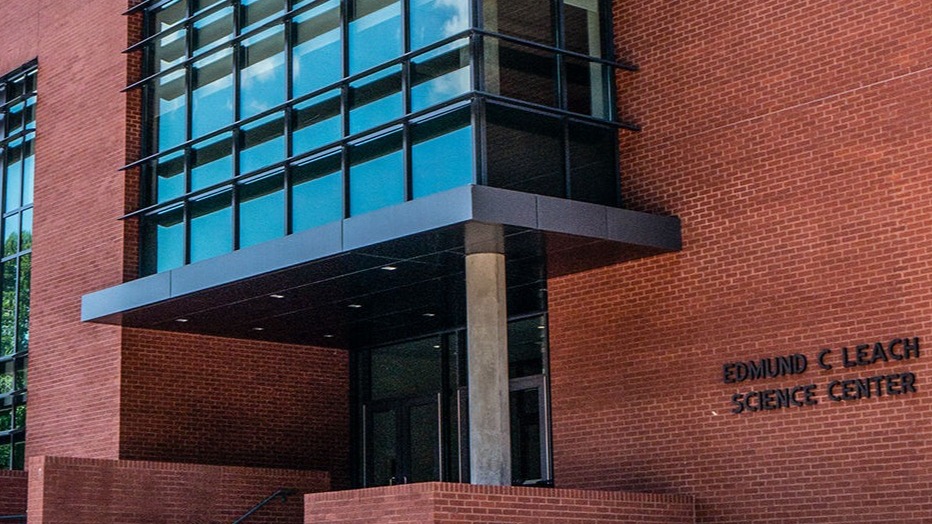What we do

Research

Software

About Us

Building knowledge at the interface of Biology, Chemistry, and Physics.




AI Website Generator